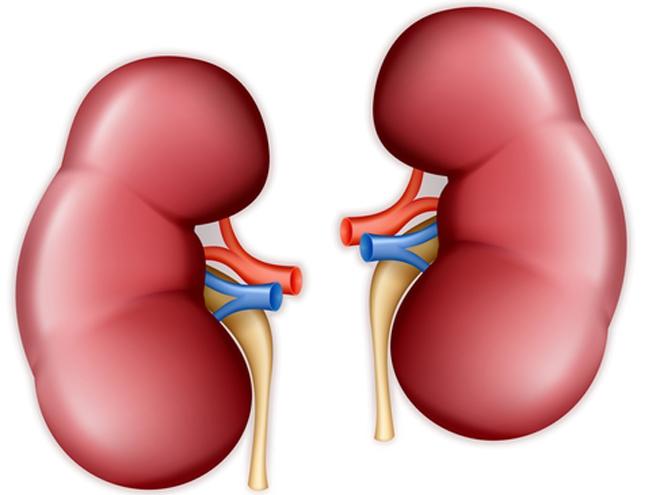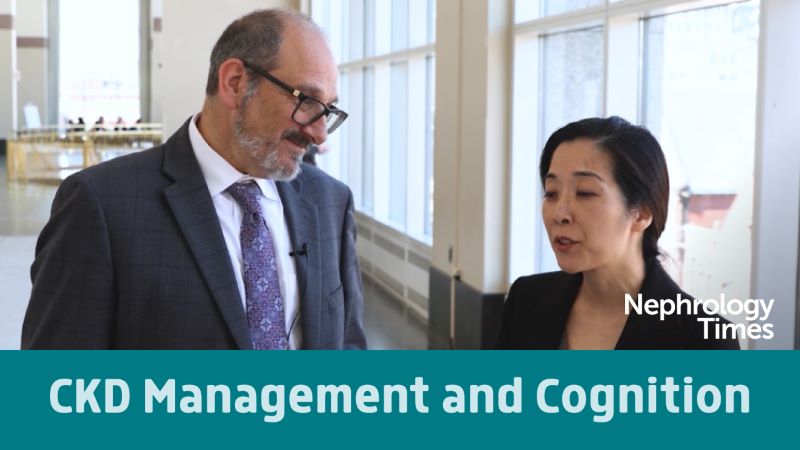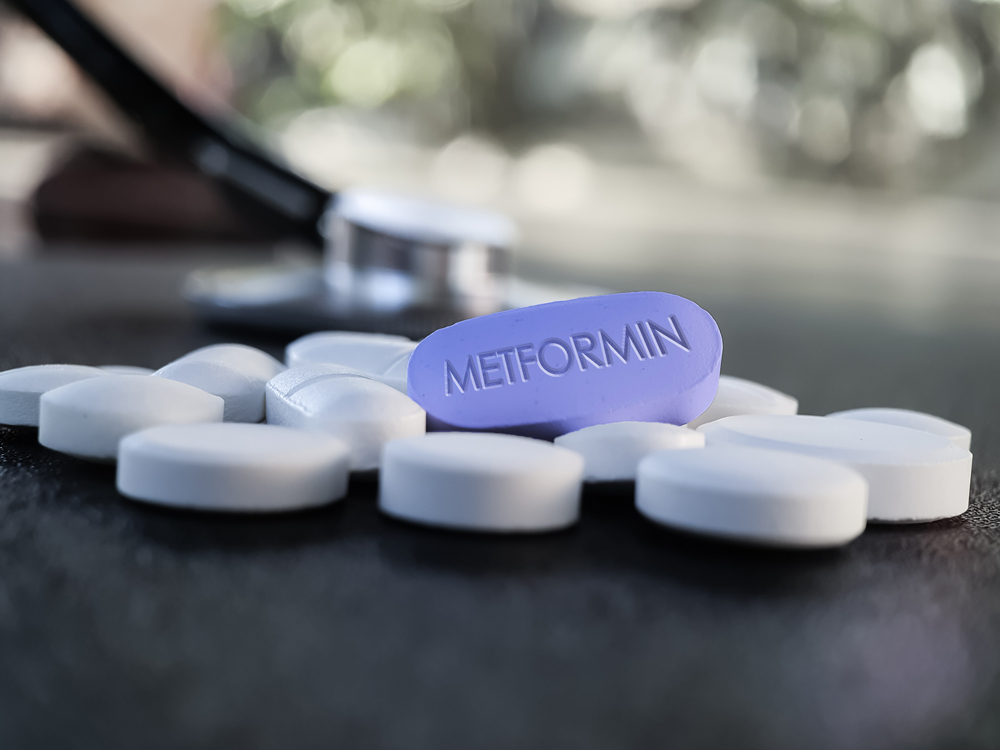
There is no clear consensus on the optimal type of oral anticoagulation therapy for patients with chronic kidney disease (CKD). Options include vitamin K antagonists (VKAs) or direct oral anticoagulants (DOACs). There is long-established clinical experience with the use of VKAs; however, according to Justin Ashley, MD, and colleagues, those agents are associated with a narrow window of efficacy and safety, a tendency to accelerate vascular calcification, and a high number of drug interactions. There are also concerns associated with DOACs, including safety and efficacy in patients with lower estimated glomerular filtration rates (eGFRs) and those treated by dialysis as well as reversibility in emergencies. Both agents carry an increased risk for hemorrhage and have limited data for efficacy among patients with CKD.
Results of previous studies suggest potential promise associated with DOACs in reducing cardiovascular events in patients with CKD at risk. Dr. Ashley et al. conducted a study designed to examine the association of use of DOACs with cardiovascular events and hemorrhage in patients with and without reductions in eGFR compared with VKAs. The researchers sought to test the hypothesis that DOACs would reduce the risk for adverse cardiovascular events compared with VKAs in patients with reduced eGFRs. Results of the population-based retrospective cohort study were reported in the American Journal of Kidney Diseases [2020;76(3):311-320].
Participants included all individuals ≥66 years of age with an initial prescription for oral anticoagulants dispensed in Ontario, Canada, from 2009 to 2016. The study exposures were DOACs (apixaban, dabigatran, and rivaroxaban) compared with VKAs by eGFR group (≥60, 30-59, and ≤30 mL/min/1.73 m2). The primary outcome of interest was a composite of a cardiovascular event (myocardial infarction [MI], revascularization, or ischemic stroke) or morality. Secondary outcomes included cardiovascular events alone, mortality, and hemorrhage requiring hospitalization.
The final analytic cohort included 210,539 individuals on anticoagulation therapy. During the study period, there were 65,335 new DOAC users; of those, 42% (n=27,552) were matched to 27,552 VKA users. Among the DOAC cohort, mean age was 78.5 years and 48.9% were women; 27.1% were receiving apixaban, 31.6% were receiving dabigatran, and 41.3% were receiving rivaroxaban. A total of 27.8% of those in the DOAC cohort had a history of atrial fibrillation (AF), 36.2% had a history of venous thromboembolism, and approximately one in six were receiving concurrent antiplatelet agents. Previous cardiovascular disease (MI, coronary artery bypass grafting, percutaneous coronary intervention, or ischemic stroke) was noted in 13.9% of the DOAC cohort; major hemorrhage was noted in 1.2% of the cohort. Thirty-seven point nine percent of the DOAC cohort had eGFRs of 30 to 59 mL/min/1.73 m2 and 2.7% had eGFR <30 mL/min/1.73 m2. Following high-dimensional propensity scores matching, with the exception of index year, there were no statistically significant differences between the DOAC group and the VKA group.
MI was the most common type of cardiovascular event outcome (25.8%), followed by ischemic stroke (15.2%), and revascularization (5.3%). Of the patients receiving a DOAC, 12.05% (n=3321) had a cardiovascular event or mortality during the study period, compared with 9.19% (n=2531) of the patients in the VKA group. The researchers noted that the median follow-up time on DOAC therapy was nearly 3.5 times longer compared with VKA therapy (1.14 vs 0.33 years, respectively). The rate of events was lower with DOAC use (79.78 and 99.77 per 1000 person-years, hazard ratio [HR], 0.82; 95% confidence interval [CI], 0.75-0.90). The association was similar using an intention-to-treat approach, and when limited to those with AF only.
In the DOAC cohort, 5.84% (n=1608) of patients experienced a cardiovascular event alone, compared with 4.00% (n=1103) of patients in the VKA group. After accounting for the difference in follow-up time, the event rate was lower with DOAC use (DOAC, 38.63 events/1000 person years vs VKA, 43.48 events/1000 person years; adjusted HR, 0.87; 95% CI, 0.76-0.98). Using an intention-to-treat approach and limited to AF only, the point estimate was similar but the upper CI crossed unity.
One point sixty-one percent (n=443) of the patients in the DOAC group experienced a major hemorrhage, compared with 1.58% (n=436) of those in the VKA group: 10.35 events/person years versus 16.77 events per 1000 person-years, respectively; adjusted HR, 0.73; 95% CI, 0.58-0.91. Results were consistent in the intention-to-treat analysis, with no difference detectable in those with AF only.
In analyses stratified by eGFR, the risk for cardiovascular events or mortality was significantly lower among DOAC users with lower eGFRs: eGFR ≥60 mL/min/1.73 m2, HR, 1.01 (95% CI, 0.92-1.12); eGFR 30 to <60 mL/min/1.73 m2, HR, 0.83 (95% CI, 0.75-0.93); and eGFR <30 mL/min/1.73 m2, HR, 0.75 (95% CI, 0.51-1.10); interaction P=.02. Adjusted HRs demonstrated a similar trend for cardiovascular events alone by eGFR (interaction P=.01); there was no difference for major hemorrhage. The association was similar in an intention-to-treat analysis for cardiovascular events or mortality; there was no difference for cardiovascular events alone or hemorrhage.
Limitations to the study cited by the authors included the observational design, the lack of data for international normalized ratios levels for VKA users, and lack of complete information for indications for anticoagulation therapy.
“In patients with an indication for anticoagulation therapy, the use of DOACs was associated with lower relative risk for cardiovascular events or mortality, cardiovascular events alone, and major hemorrhage compared with VKAs. A significant trend toward lower cardiovascular events or mortality risk was observed with lower eGFRs, suggesting the potential of DOACs as a preventative therapy in a high-risk population and warranting clinical trials,” the researchers said.
Takeaway Points
- Researchers conducted a retrospective cohort study to examine the association of oral anticoagulant use with cardiovascular morbidity in elderly patients with or without reductions in estimated glomerular filtration rate; the study compared direct oral anticoagulants (DOACs) with vitamin K antagonists (VKAs).
- Compared with VKAs, DOACs were associated for lower risk for the composite of cardiovascular events or mortality.
- The association was strongest among those with reduced eGFR.







 © 2025 Mashup Media, LLC, a Formedics Property. All Rights Reserved.
© 2025 Mashup Media, LLC, a Formedics Property. All Rights Reserved.